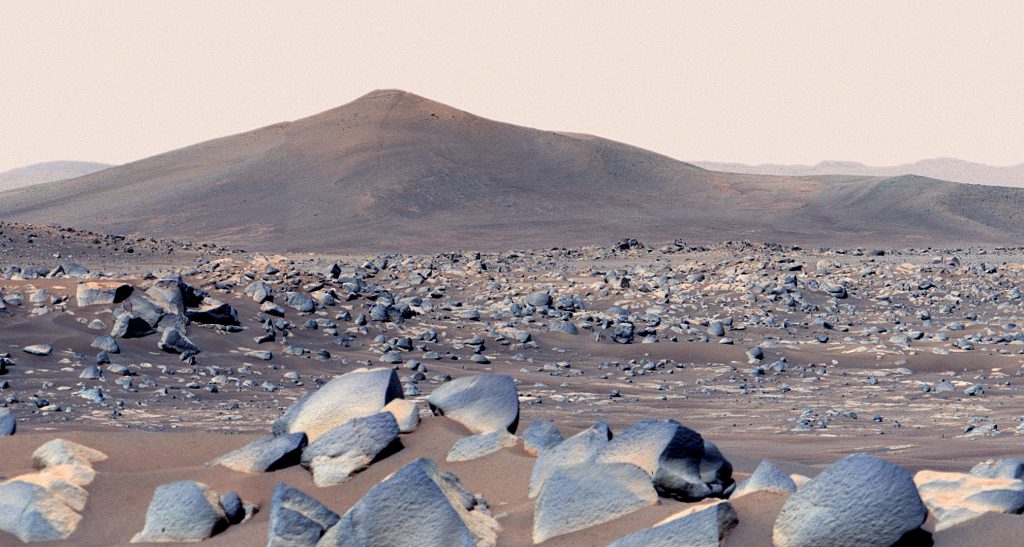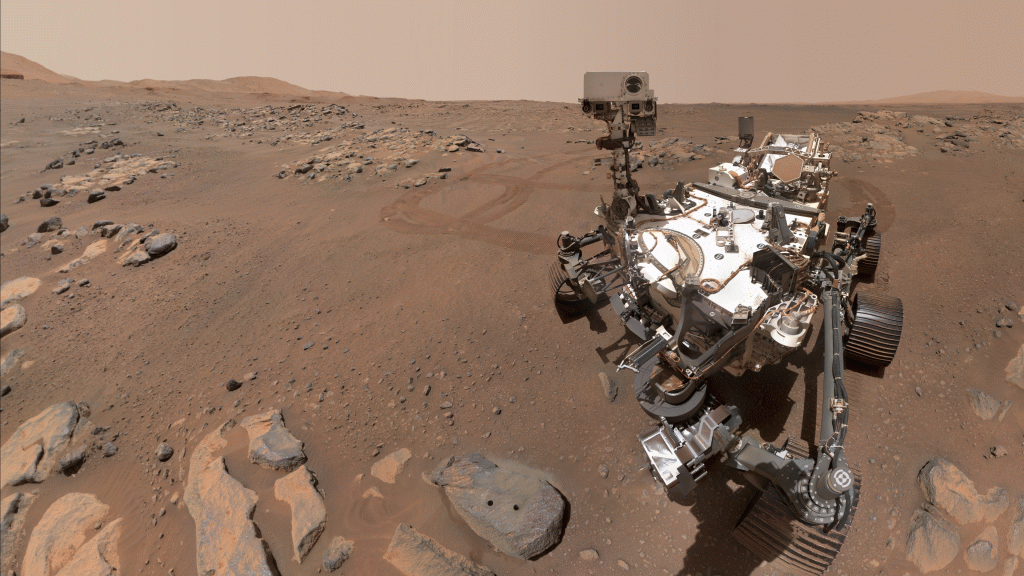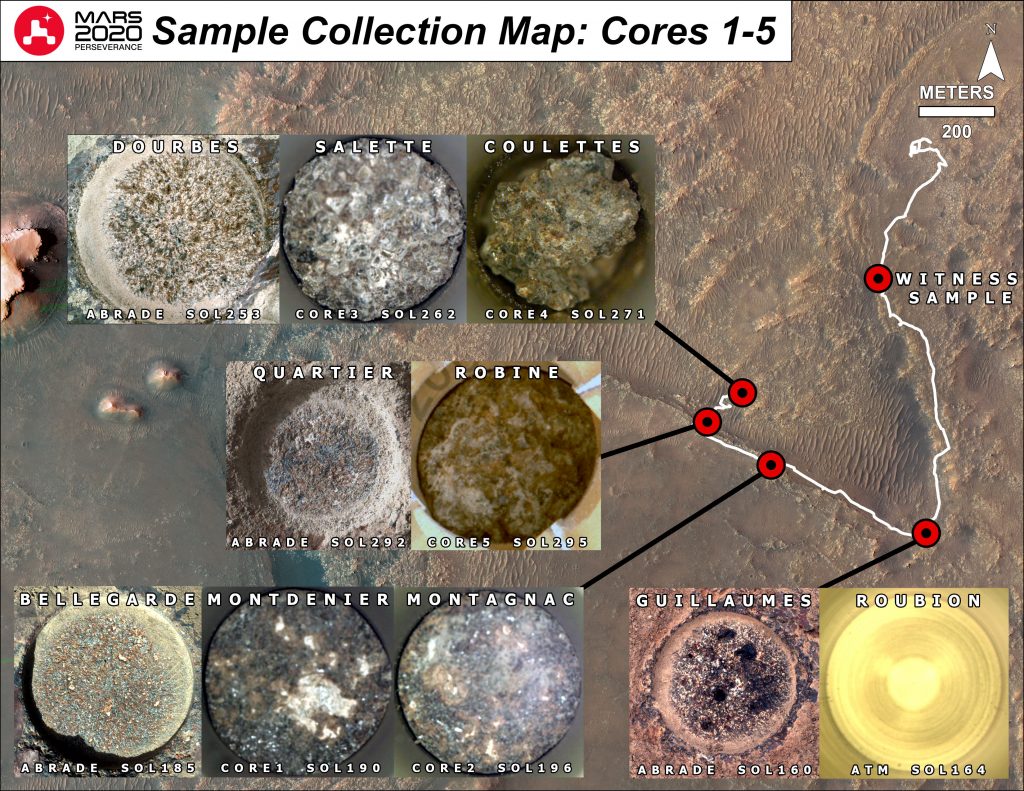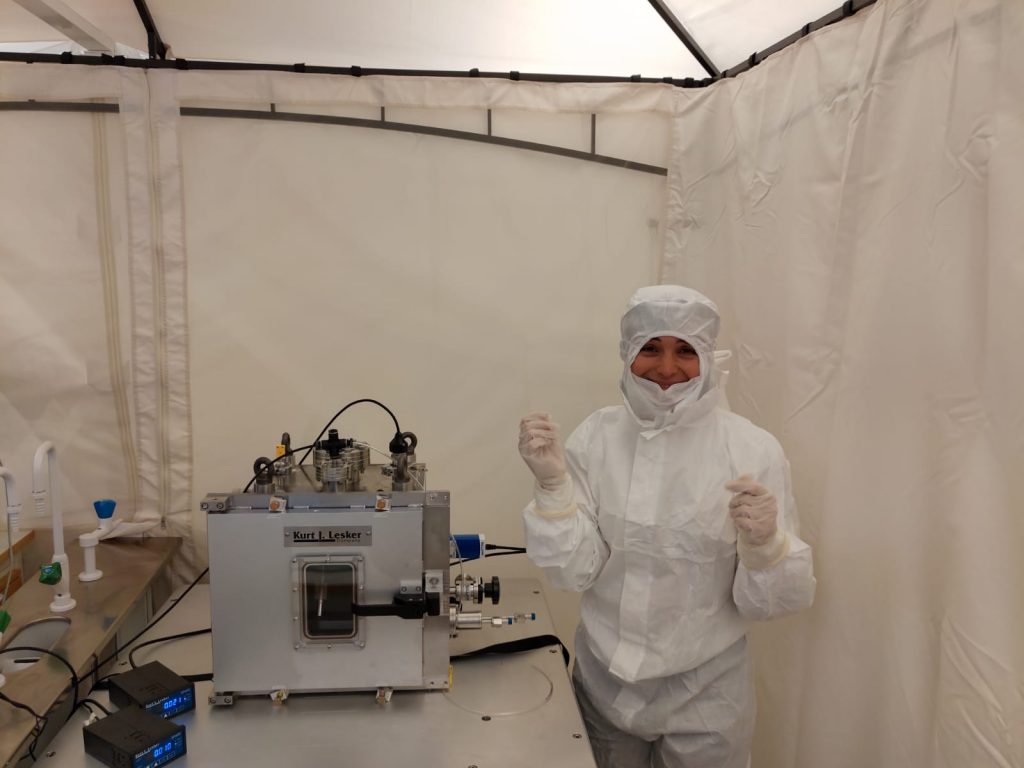“We know that the Red Planet had oceans, glaciers and rivers flowing in valleys some 3.5 billion years ago, but its destiny changed dramatically. A cold era loomed – Mars lost its magnetic field, couldn’t hold its own atmosphere and the oceans evaporated, froze or were trapped within,” explains María-Paz Zorzano.
María-Paz is an astrobiologist fascinated by the origin of life in the Universe. Even if Mars had a different fate from Earth, it could have been habitable before.

“Life might have sought refuge in very salty water, but not like the salt in our oceans or in your food. Rich in sulfates or perchlorates, the martian brines could have held water in liquid state below zero degrees, as low as minus 40 degrees Celsius,” she says.
This scientist from Spain’s Astrobiology Centre is interested in the stage when Mars started to become an arid and frozen land. Microorganisms had no other choice but to adapt their metabolism to an extreme life with low temperatures, few nutrients and radiation exposure.

“The last habitable place could have been where water ponded while evaporating or freezing, forming brines in some places. The high concentration of salt allowed water to last the longest in liquid form at low temperatures,” she believes.
María-Paz has reasons to be hopeful her hypothesis is right, because “there are small amounts of salt everywhere in the Jezero crater on Mars. I think we might get lucky.” It is in that martian location where NASA’s Perseverance rover is seeking for signs of ancient life.
The scientists behind the samples
The European astrobiologist is up-to-date with what is going on in Mars exploration – she is both part of NASA’s Mars 2020 science team and the Mars Sample Return Campaign Science Group.
These two roles are all about the samples of gas from the atmosphere, rock and regolith – broken rock and soil – the Perseverance rover is collecting on Mars for a return to Earth.

“We are always either driving to a location where we are going to sample, or characterising a rock to sample. We use all the instruments we have at our disposal to help with the decision-making,” she explains.
As a martian expert she is tasked to get the most scientific value from the samples that will be returned to Earth. “We care about the samples, make sure everything is documented and facilitate that we take the right decisions as we go along,” she adds.
Since the Mars Sample Return campaign is truly cooperative, María-Paz does not have a final word on which samples are taken. “No one makes executive decisions here. A flow of thought is proposed, debate is encouraged, and we put forward different options with a number of targets and timings in order to maintain efficiency and scientific balance,” she says.

Planning for sample collection starts months in advance, first with satellite data and ultimately zooming in with close-up images from the rover on the martian terrain. The rover only drills after a close-up target has been identified and consensus is reached.
Martian soil
“The beauty of this mission is that we will have the context of the sample and the sample itself,” says María-Paz. Based on the documents produced by the team on each sample, scientists will have to decide which tubes they want shipped to Earth.
Mars Sample Return seeks to bring a selection of Perseverance’s 43 sample tubes back to Earth, where generations of scientists will be able to study them in the best terrestrial labs.

Martian regolith, the equivalent of our soil on Earth, is made up of particles of rocks. It is a mixture of minerals from many places and also has atmospheric dust on top.
“The airborne dust found in the Jezero crater tells me what it will be like almost everywhere else on the planet. It is an efficient way to sample in one place and learn about things that happen elsewhere,” explains María-Paz. Knowing more about the martian soil will also be useful for building 3D printed materials.
First robots, then humans
María-Paz has studied martian-like places on Earth, such as the Bolivian salt deserts and Icelandic caves, to try find out if life has arisen in other extreme environments. She believes that we have to understand Mars to understand ourselves.

When the first martian samples are analysed on Earth in the next decade, “we will be able to see if there were the conditions for life on another planet, something that we could never know by just observing the universe remotely. Whatever the answer is, the impact will be brutal.”
The scientist reminds that this campaign paves the way for a human visit to Mars. “First the robots, then the rocks, then the human beings.”

Discussion: no comments